These Are Treasures from the Royal Tombs of Ur
Many researchers consider ancient Mesopotamia, which lies between the Tigris and Euphrates rivers in modern Iraq, to be the cradle of civilization.
Sumer was the earliest culture to arise in the region, becoming the world’s first urban civilization. They have provided archaeologists with the earliest evidence of writing, literature, law codes, and the use of the plow in farming.
The Sumerian City of Ur
Among the Sumerians’ greatest cities was Ur, whose origins stretch back to 3800 BCE.
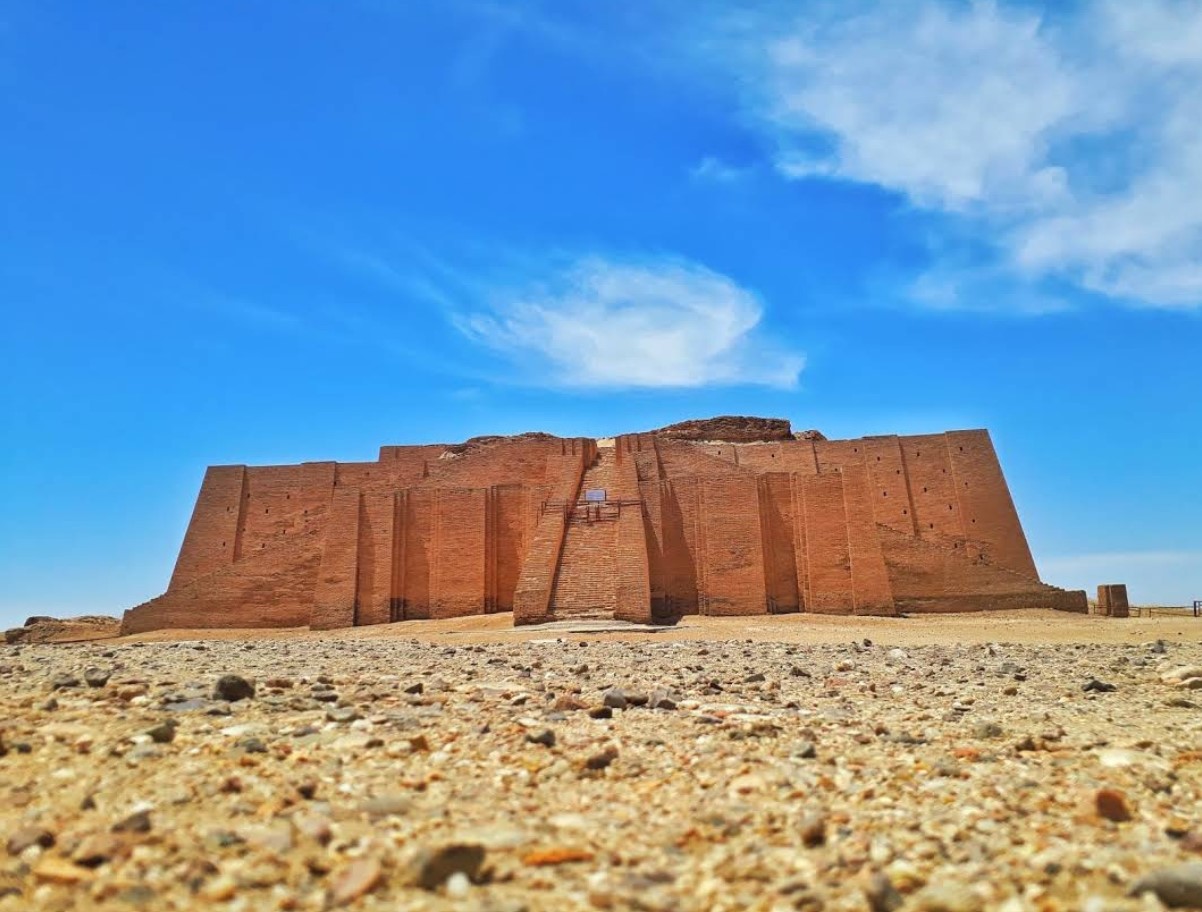
Source: Wikimedia
By 2500 BCE, the city was the largest in the region and served as the seat of power for the entirety of southern Mesopotamia. The revered city became a center of culture and learning for the Sumerians before falling to the Elamites around 1940 BCE.
The Early Excavations of Ur
Not long after the end of World War I, a British researcher and archaeologist, H.R. Hall, who was working on behalf of the British Museum, carried out excavations at the ancient city.

Source: Wikimedia
In the years that followed, a plethora of treasures were unearthed from a royal cemetery dating back over 4,500 years. Here are some of the most exquisite finds from Ur.
Golden Vessel with Flower Motif
This unique cup which lay beside its former owner in the cemetery of Ur, is made from electrum, or a mix of gold and silver.
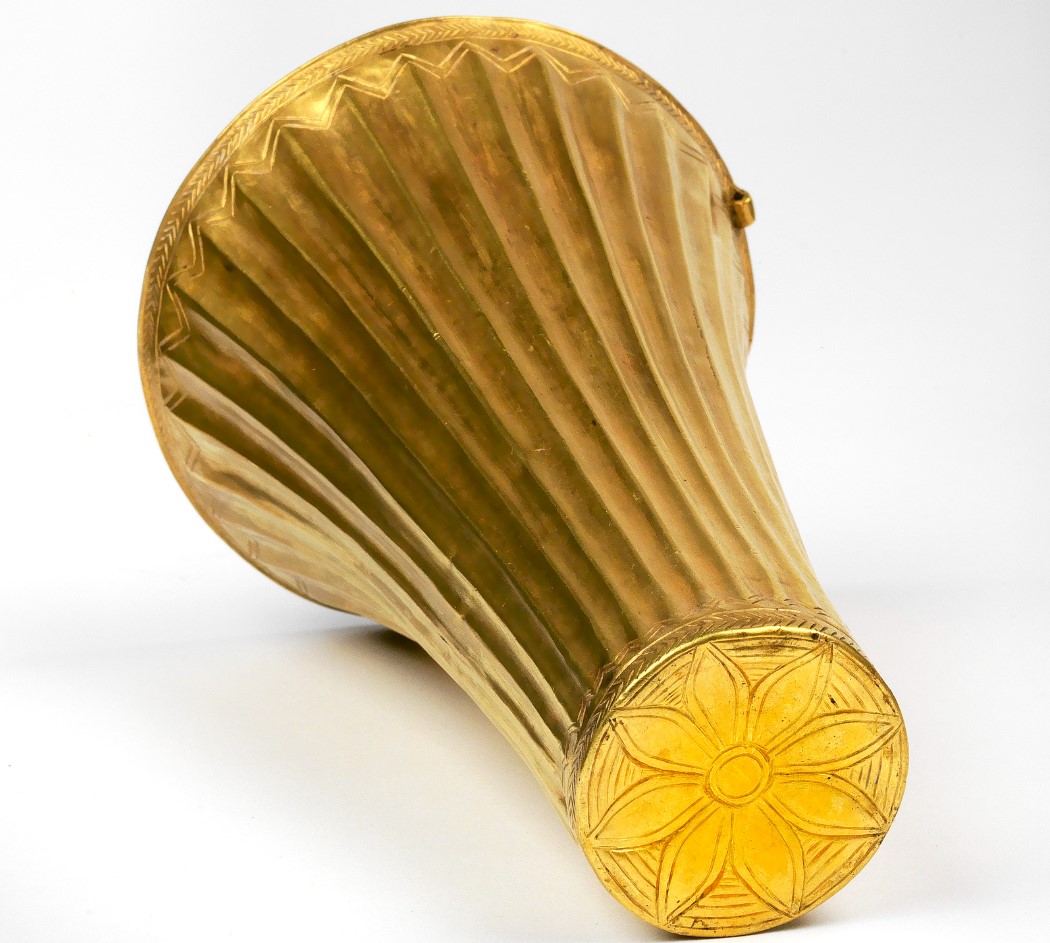
Source: Penn Museum
Its beautiful shape and design, accompanied by the flower motif at its base, is a beautiful example of the capabilities of Sumerian artisans.
Golden Wreath Necklace
This necklace consists of two unique parts: a wreath made of lapis lazuli and tiny individual gold leaves.
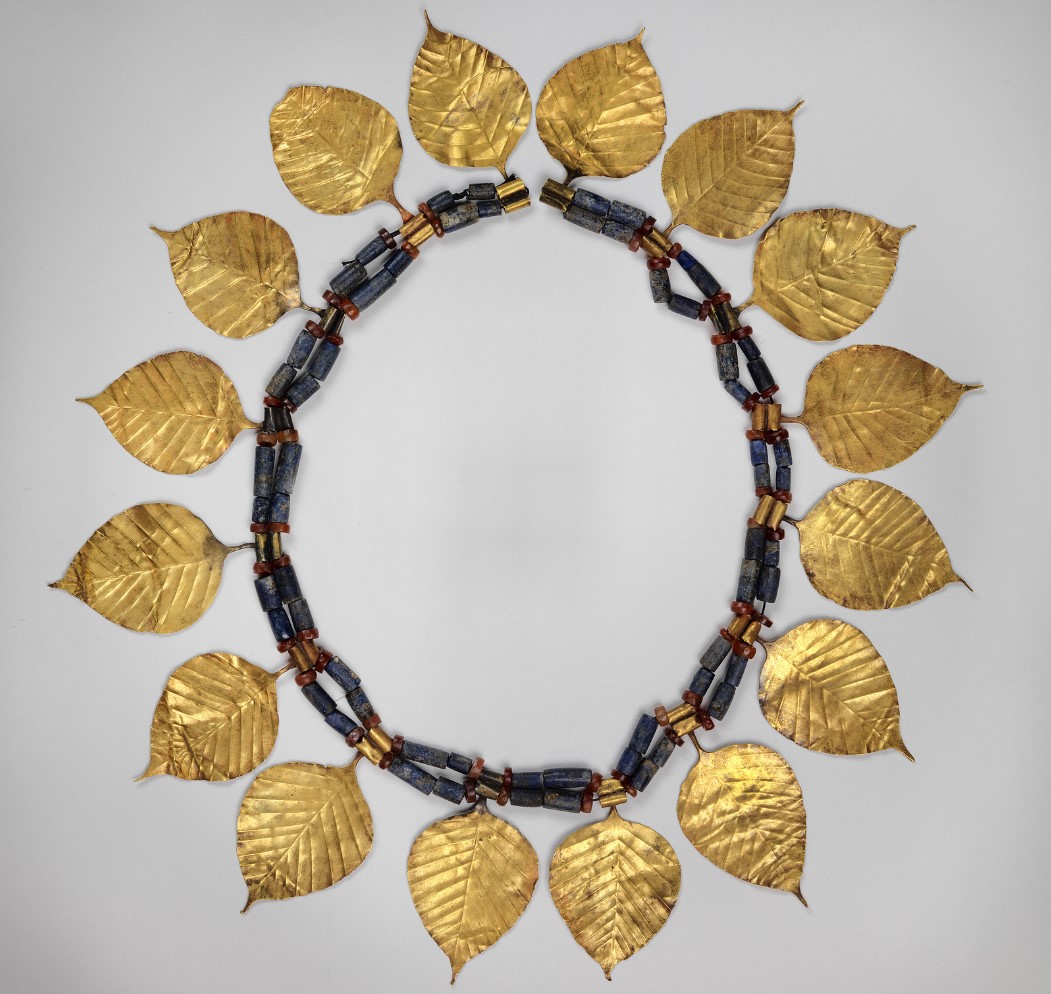
Source: Penn Museum
The unique discovery was unearthed from the “Great Death Pit” in the city of Ur. It’s thought items such as this were given to women to accompany them during their journey to the netherworld.
Lapis Lazuli Vessel
This small lapis lazuli cup was found in one of the many tombs at Ur.
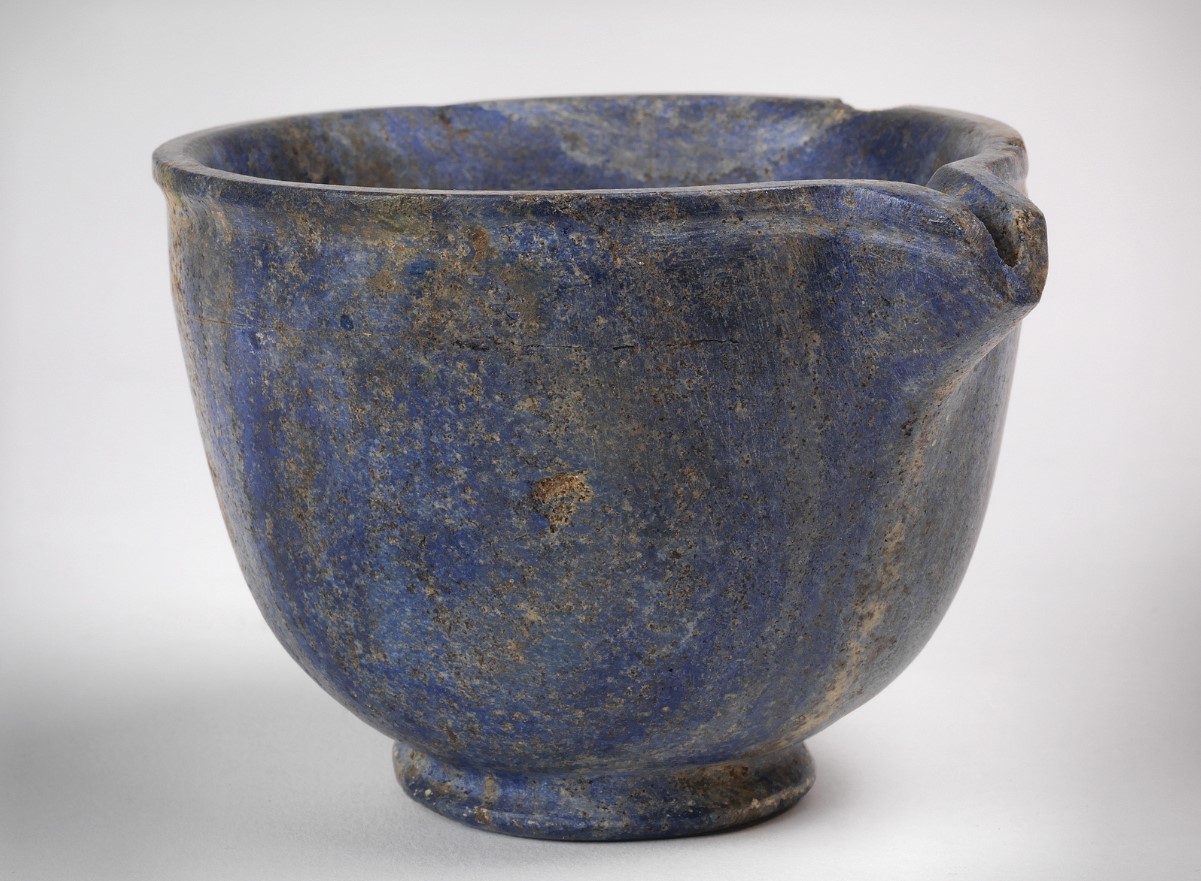
Source: Penn Museum
According to researchers, just like in Egypt, lapis was revered in Sumer, and kings sent traders as far away as Afghanistan to retrieve the precious stone.
Finely Decorated Golden Ostrich Egg
One of the most exquisite finds from the royal tombs of Ur is this golden vessel shaped like an ostrich egg.
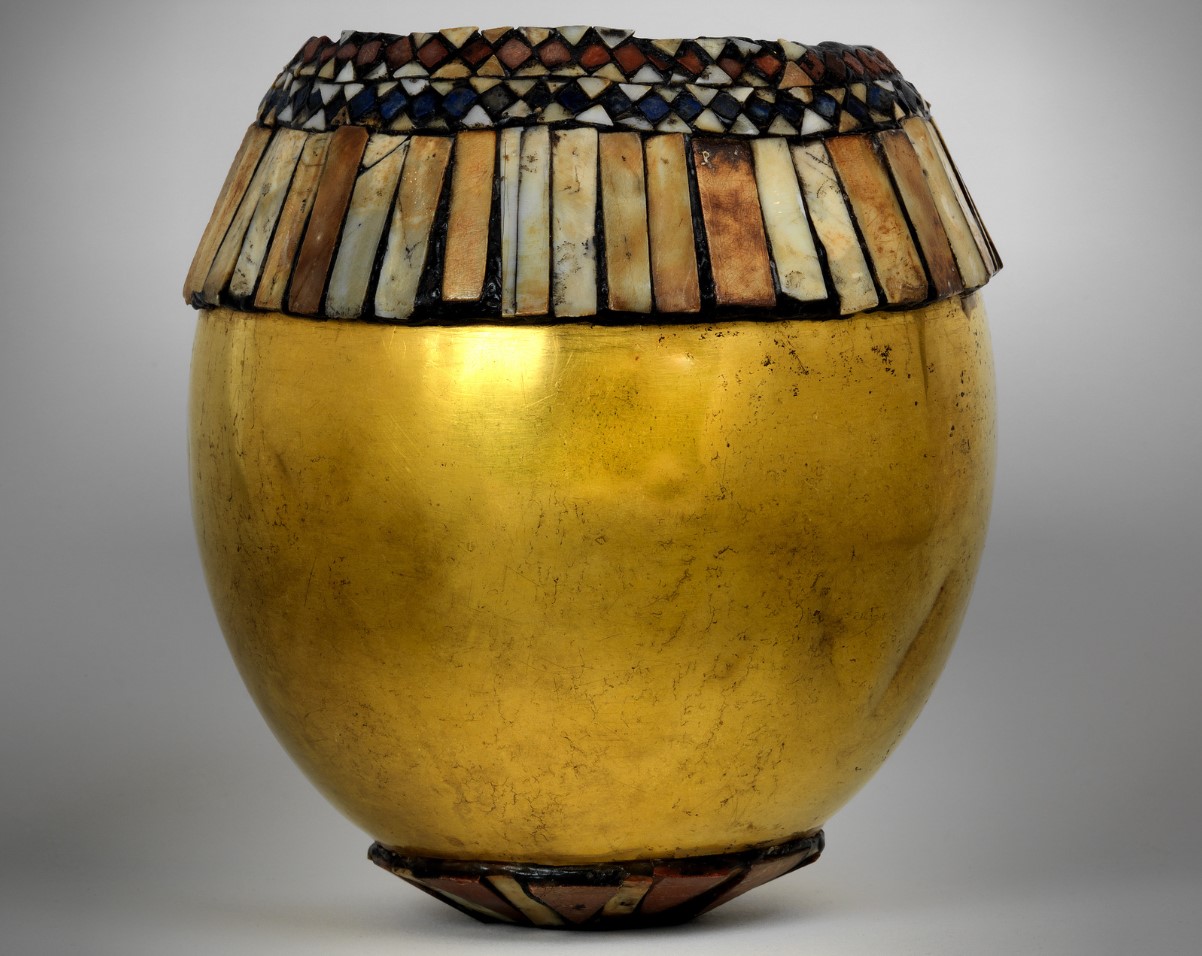
Source: Penn Museum
It’s finely decorated with a mosaic made from red limestone, lapis lazuli, and tiny pieces of shell. It was found in proximity to several real ostrich eggs.
Golden Cosmetic Container
This small shell-shaped container would have once held several cosmetic products, including an ancient form of eyeliner.
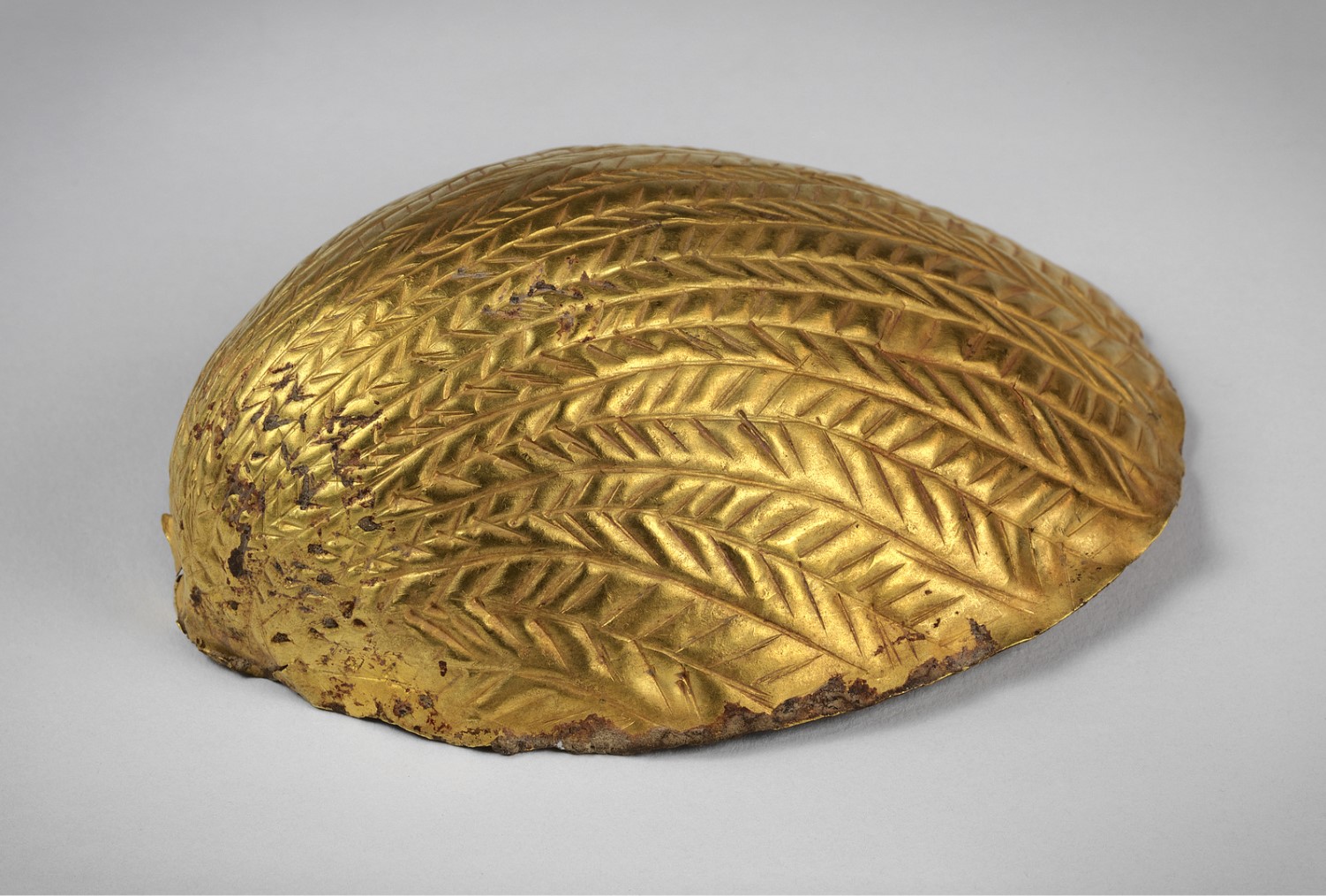
Source: Penn Museum
The product is known as kohl and was made from several ingredients, including ground lead sulfide, which would have been mixed with curbed gemstones, herbs, and even frankincense.
Small Golden Bull Amulet
This small gold amulet, depicting a bull, was found in one of the many tombs in the city of Ur.
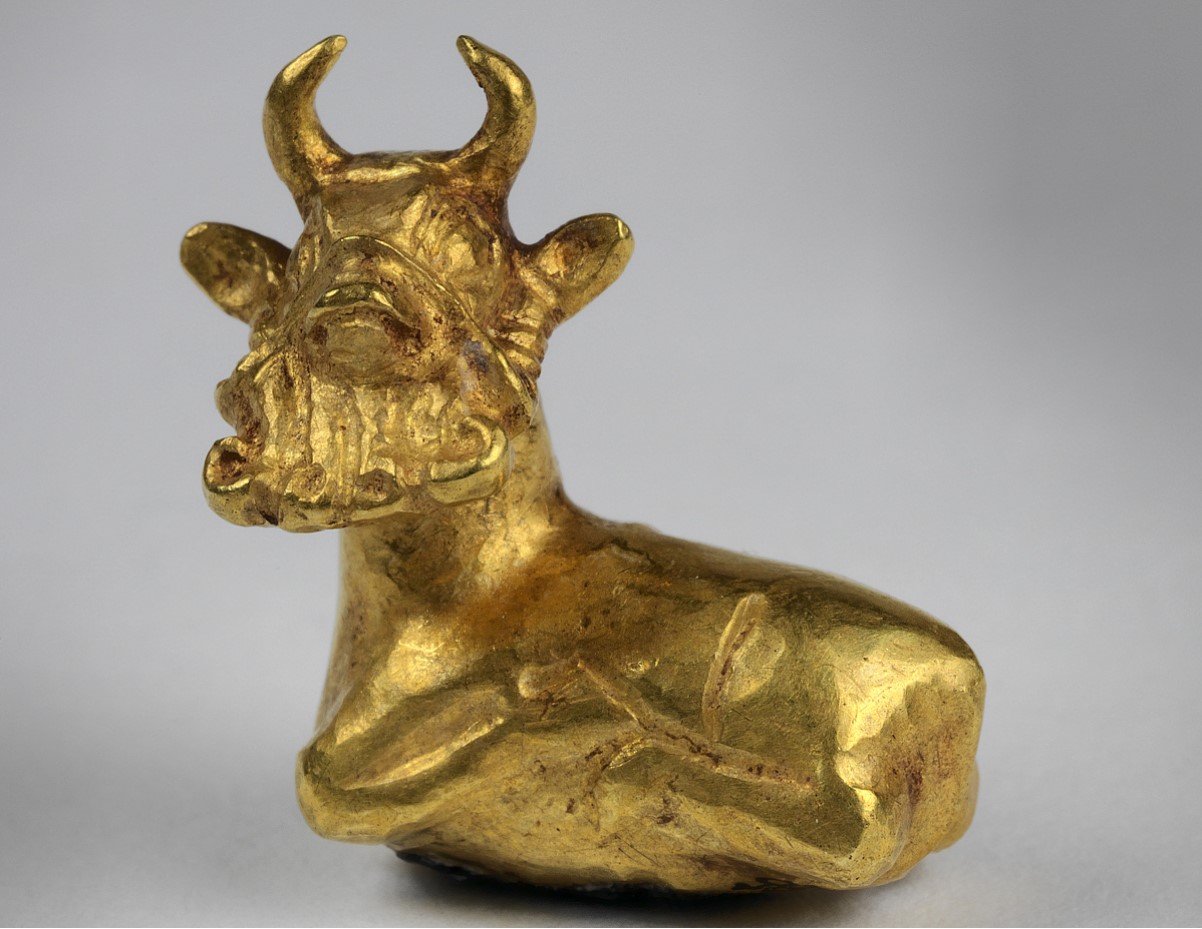
Source: Penn Museum
In Sumerian mythology, the bull is associated with one of the culture’s most beloved deities, Enlil. Like the humble bull, Enlil was widely revered throughout the civilization.
Small Golden Dagger
This rare dagger was discovered among the ruins of the ancient Sumerian city of Ur.
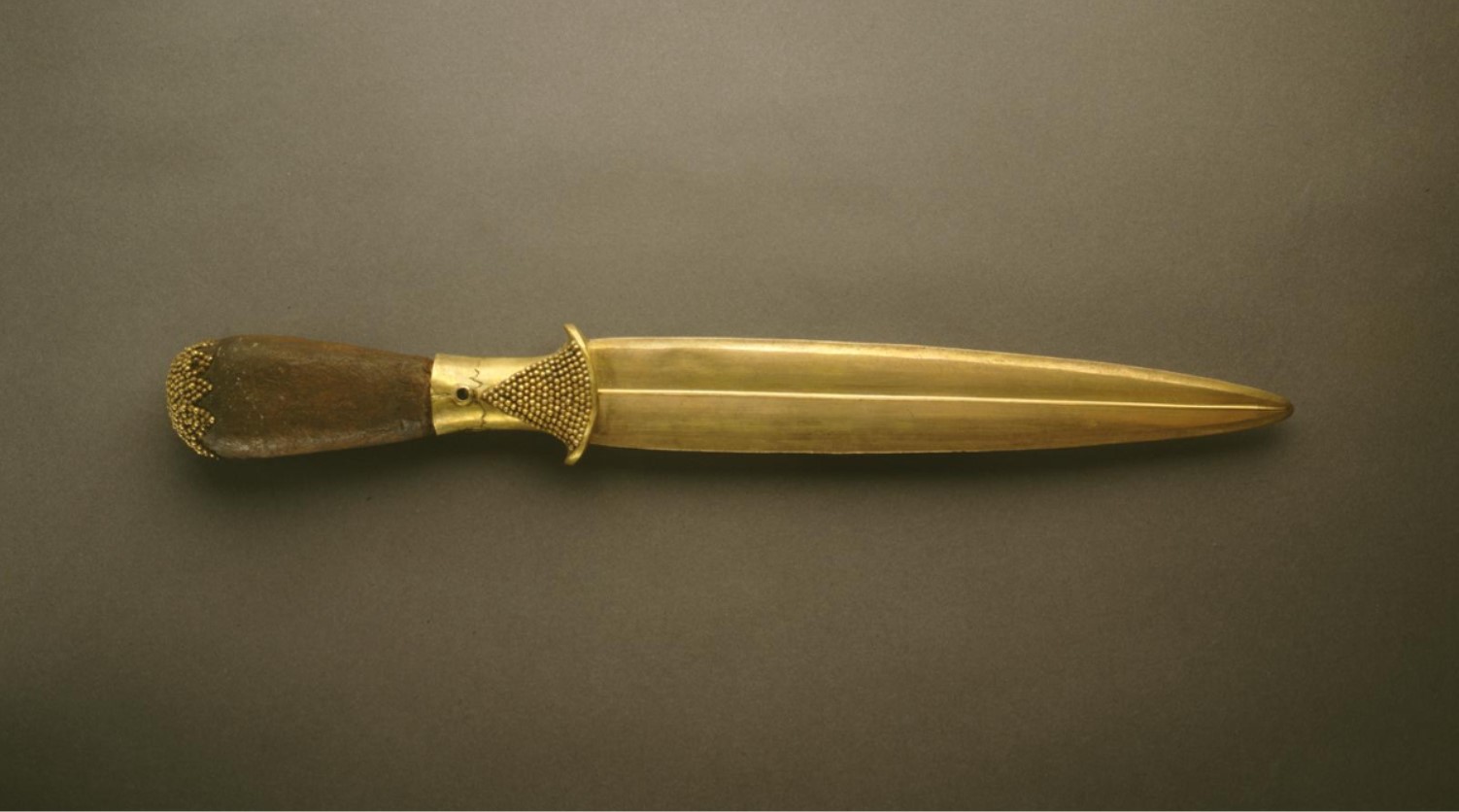
Source: Penn Museum
It’s made from solid gold, and experts say the patterns on the hilt and handle are thought to imitate granulation.
Oval Stone Bowl
This beautifully polished stone bowl is one of the rarer items discovered in the tombs of Ur.
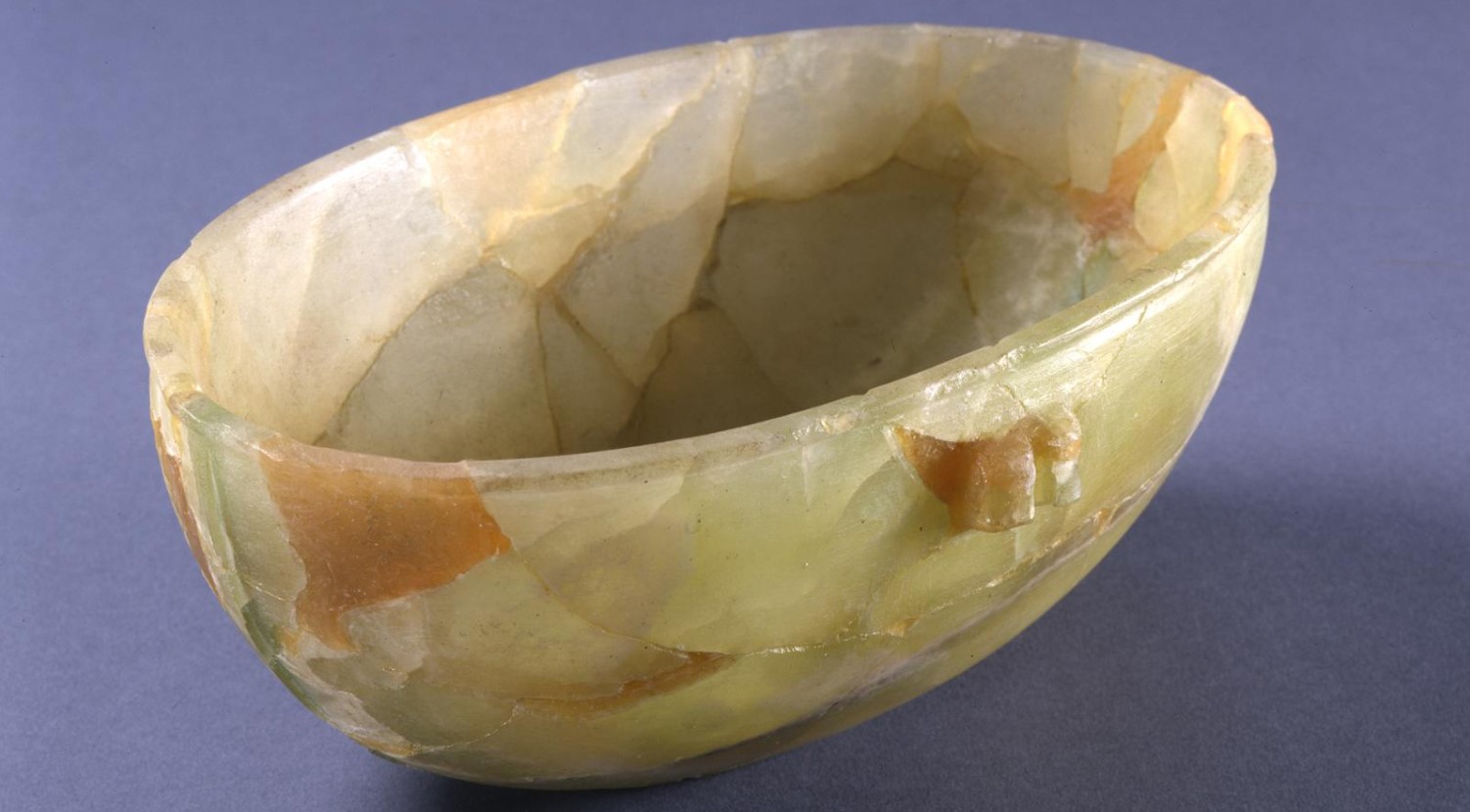
Source: Penn Museum
According to experts, the translucent green calcite was imported from a distant land before being shaped into the final product.
Electrum Adze
Generally, tools such as adzes used by workers in Sumer weren’t made from gold or silver.
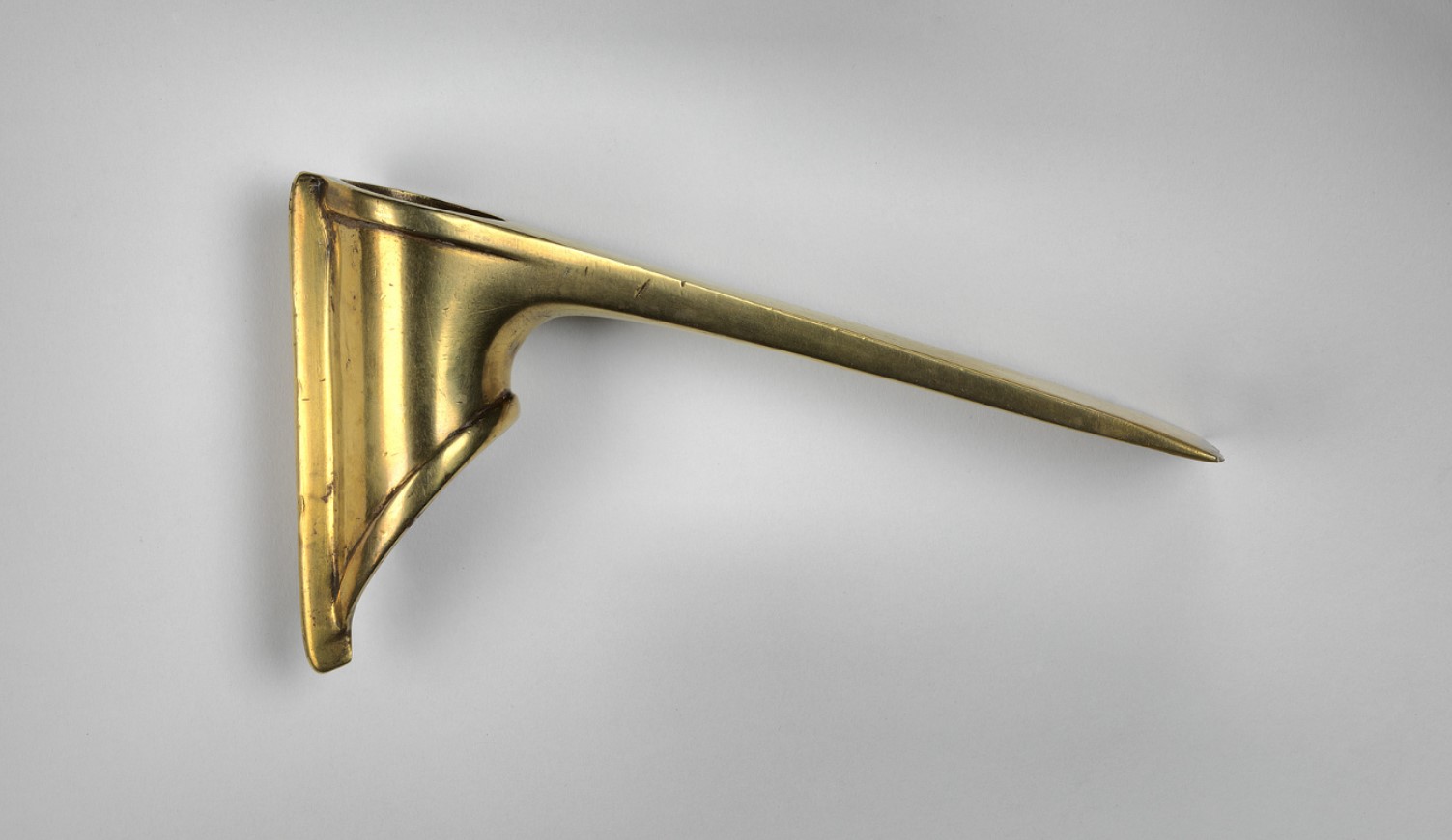
Source: Penn Museum
However, this unique find, as well as many others in the royal tombs of Ur, was made from electrum. Experts believe the weapons and tools made from precious metals served as symbols of authority among the upper class of Mesopotamian society.
